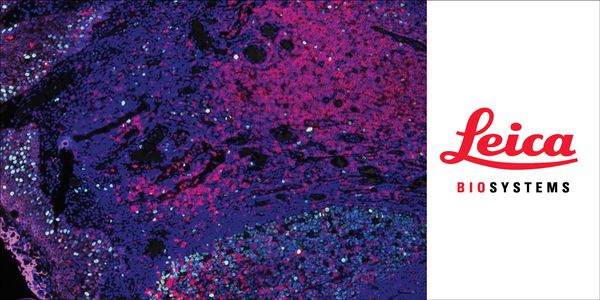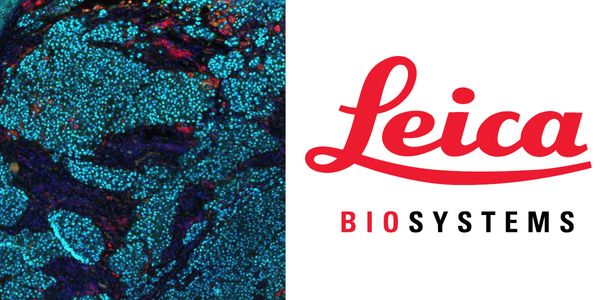Histopathology
Histopathology: refers to the microscopic examination of tissue in order to study the manifestations of disease. In clinical medicine, histopathology refers to the examination of a biopsy or surgical specimen by a pathologist, after the specimen has been processed and histological sections have been placed onto glass slides.
-
Gynecologic cancers account for nearly 40% of all cancer incidence and >30% of all cancer mortality in women worldwide. In recent years, there have been significant advancements in the cl...
MAR 01, 2022 | 10:00 AM
Date: March 01, 2022 Time: 10:00am (PST), 1:00pm (EST), 7:00pm (CEST) The high mortality of COVID-19 is mostly attributed to acute respiratory distress syndrome (ARDS), whose histopathologic...
The prevalence of NASH in global populations continues to expand in conjunction with the ongoing obesity and diabetes epidemic. Over the next decade, the disease is projected to become the l...
Speaker:
Paul McCracken, PhD
, Debbie Marshall
, Christina Gonzalez
Presented at: Drug Discovery & Development Virtual Event Series 2022
DEC 07, 2021 | 10:00 AM
Date: December 07, 2021 Time: 10:00am (PST) The RNAscope™ technology allows high sensitivity and spatial resolution providing pivotal single-cell information to gain better insights in...
Several age-related neurodegenerative disorders are characterized by the deposition of aberrantly folded proteins. The histopathological hallmark of synucleinopathies is the deposition of ɑ-...
Visit the RoundTable Room to participate in live Q&A with all the speakers!...
Speaker:
Charalambos C. Solomides, MD
, Sara Eglitis, MS, QIHC
, Faruk Erdem Kombak, MD
, Srabani Bhaumik, PhD
, Nelson Alexander, PhD
Presented at: DISCOVERY Global User Symposium
Incorporation of the TSA Technology available from Ventana’s AmpHQ kit allows for improved signal and reduced background in IHC staining at NovoVita Histopath Laboratory. This presenta...
Visit the RoundTable Room to participate in live Q&A with all the speakers!...
Speaker:
Charalambos C. Solomides, MD
, Sara Eglitis, MS, QIHC
, Faruk Erdem Kombak, MD
, Srabani Bhaumik, PhD
, Nelson Alexander, PhD
Presented at: DISCOVERY Global User Symposium
Incorporation of the TSA Technology available from Ventana’s AmpHQ kit allows for improved signal and reduced background in IHC staining at NovoVita Histopath Laboratory. This presenta...
Immunohistochemistry (IHC) is used to determine spatial relationships where we can identify the localization of target proteins in specific regions and cells of a tissue. IHC has been the go...



















